Palm Pilot
The PalmPilot was the first handheld computer to achieve widespread popularity. It helped connect previously separate worlds, including the “electronic organizer,” personal computers, and later, mobile phones.
The PalmPilot redefined the handheld device as an accessory to the personal computer, rather than a replacement. Its notable features included seamless “one-click” synchronization with PC calendars, effective handwriting recognition, user-friendly calendar functions, a pocket-sized design at a time when cell phones were still as big as lunch boxes, and a reasonable price.
However, the PalmPilot ultimately failed to bridge the gap to mobile communications. In 2011, HP discontinued the Palm brand and later that year, production of the hardware was also discontinued.
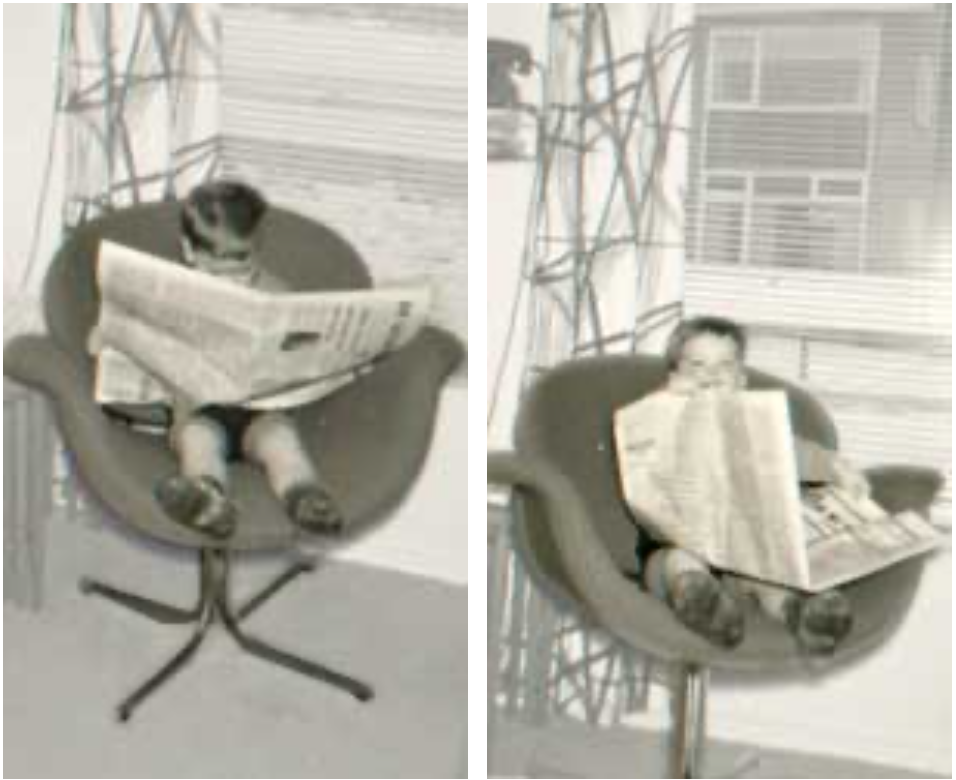
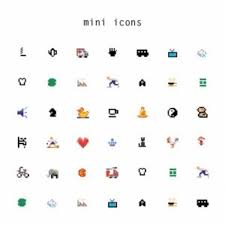





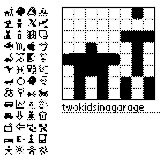


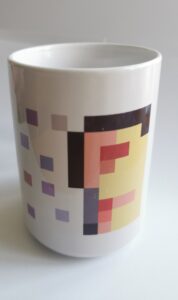

Two Kids In A Garage
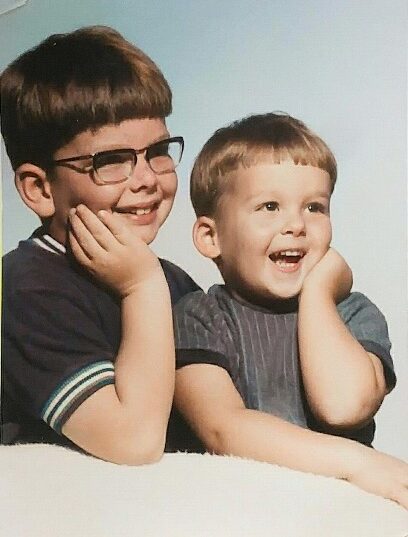
Back in the day... when the Internet seemed new and anyone really could build a brilliant idea from the back or their garage into a multi-million dollar empire, every established company feared the infamous Two Kids In A Garage.
Without wanting to sound conceited: Those two kids in a garage ...
that was my brother and me....
True story!
Once upon a time, my brother had a severe crush on Palm Pilots, spending days and nights creating nasty little 8×8 pixel black and white icons for his calendar application. Until then a day or week view would only show grey beams, but now these icons made it clear what each appointment was about. This turned out to be a wildly popular idea, and as soon as he made his icon set available for free it was downloaded en masse. Everyone was too lazy to create their own small, delicate icon library.
Seeing fame in the offing and dollar signs in his eyes, I (the other brother) came up with the idea of offering the icons in sets on large download sites, such as Palmgear, Tucows, and the emerging Amazon.
Downloads grew, and requests for more icons poured in, especially when the PalmPilot could also handle 16-bit colours. We recognized different needs and released several sets arranged around logical themes, which could be downloaded for a fee.
For quite a while, we designed large numbers of icons, sometimes even on demand, for all kinds of activities, appointments, hobbies, domestic tasks, Franklin Covey planning programs, and more. We worked from a proverbial garage, but actually during our free time at night or on the train to and from work. Under the name “twokidsinagarage,” we maintained the image of two little boys diligently creating icon after icon: All the sets were decorated with pictures of the two brothers as toddlers.
Our icons became so popular that in the late 1990s and early this century, they became the de facto standard for the most popular calendar programs for the PalmPilot and were included by default. The sets reached over 100,000 downloads on the then-modest Internet in just a few years. As a result of this popularity, we were also asked to design mini fonts for Palm programs, and a publisher even asked to publish a booklet showcasing our icons.
However, as we became too popular, we got complacent, we let our attention wane, and the competition saw its opportunity.
And then came the scandals, the talk shows… we became icons ourselves! Or maybe not. Maybe it was just little boys imagining things. In the end, it was the rise of smartphones and the complete paradigm shift that followed that put an end to our popularity.
But the two kids did not go unnoticed!
For a little while, that is…

Real Quotes about us (or so we think)
11 AUGUST 2020 / Andrew Tanner-Smith / The hidden stumbling block for corporate-startup deals: procurement
“I worked with the relevant sourcing managers to find out how we could partner with suppliers who might be start-ups, one-man bands with fresh engineering ideas, maybe even two kids in a garage.”
AUGUST 6, 2019 / ROBERT-MURRAY.COM
“As part of your strategic renewal cycle every year, I recommend that you form a team of people with the sole purpose of scheming various scenarios on how the company can be ‘killed’ by two kids in a garage …”
DECEMBER 17, 2015 / Paul Clermont
“Could anyone in 1975 have predicted that a computer company started by two kids in a garage would by 2010 be the world’s largest vendor of recorded music?”
March 27, 2012 / Vijay Vaitheeswaran on Innovation / ‘Business Insider’
“Your new competition could be two kids in a garage around the corner…”
September 27, 2010 / Eric Weiner, author of ‘Shadow Market: How a Group of Wealthy Nations and Powerful Investors Secretly Dominate the World’
“The great hope for America is that two kids in a garage in Cupertino can reinvent the world as we know it.”
December 16, 2010 / David Siminoff, Chief Investment Officer, Thompson Peak Capital
“Thompson Peak is a technology, media, and telecom-oriented hedge fund based in Silicon Valley. We take advantage of the collision of the haves and the have-nots with a keen eye for the fact that there are always two kids in a garage, with nothing to lose, throwing stones at mature company union-filled Goliaths.”
MAY 27 2009 / SILICONANGLE.COM / TWO KIDS IN A GARAGE INVALIDATE VARNEY’S CONCERNS
“Given the rapid pace of technological development and the rising power of the unending myriad of social tools in the hands of the general public, the recurring adage about “two kids in a garage” comes to mind.”
Jan. 12, 2001 / Gary Winston / the head of NURV / louisville scene
“Two kids in a garage can put me out of business,”
December 19 2000 / Jonathan Rosenberg / chief scientist / dynamicsoft Inc, Ubiquity
“We believe it is not going to be the big common providers or carriers. Rather, it’s going to be two kids in a garage in Wisconsin that are going to figure it out.”
July 20, 2000 / Christo Cotsakos / the CEO of E*TRADE Krispy Kremed
‘The real problem has been succinctly put by Christo Cotsakos, the CEO ofE*TRADE. “You have to watch your traditional competitors,” he said, “but the one thing you fear the most is the two kids in a garage.”‘
June 19, 2000 / Philip Evans / senior vice president of Boston Consulting Group / wired
‘”Companies that insist on holding the definition of their business close to what it’s always been will be destined to see their business replaced by two kids in a garage,” predicted conference speaker Philip Evans, senior vice president of Boston Consulting Group.’
September 16, 1999 / David Lidsky / PC Magazine zdnet
David Lidsky, PC Magazine:”You often can’t tell the difference between the site of a billion-dollar megalith and that of the proverbial two kids in a garage.”
July 07, 1999 / David Johnson, director of strategic / marketing OpenConnect / Computer Business Review
‘”With the growth of ecommerce, businesses that have been established for hundreds of years are running scared of two kids in a garage,” says David Johnson, director of strategic marketing at OpenConnect, a supplier of enterprise application integration (EAI) software.’
June 12, 1999 / athena online
‘Christos Cotsakos, Chairman and CEO of E*Trade, points out something more and more businesses fear: “Two kids in a garage – that’s who we’re most worried about.”‘